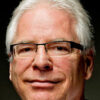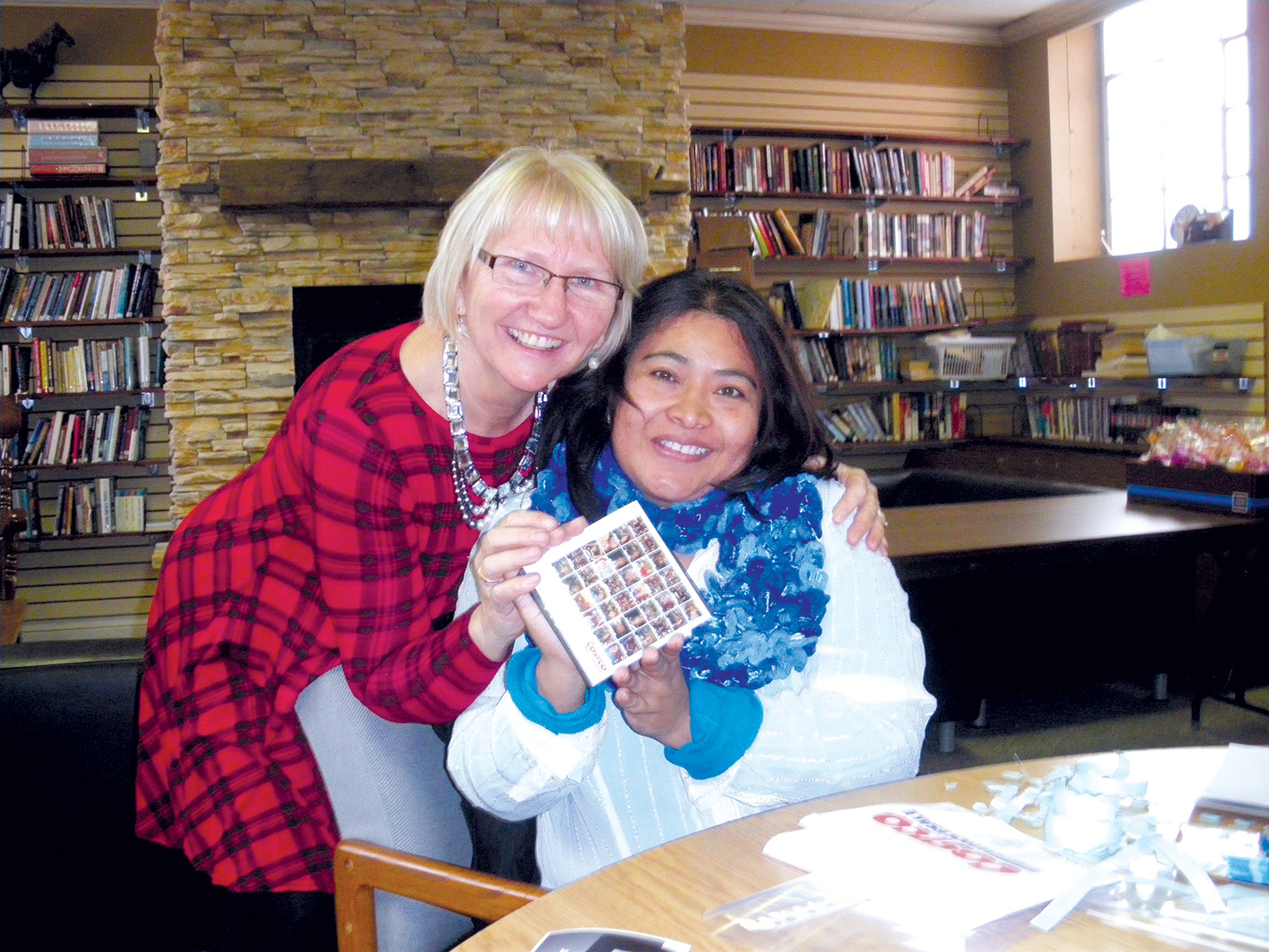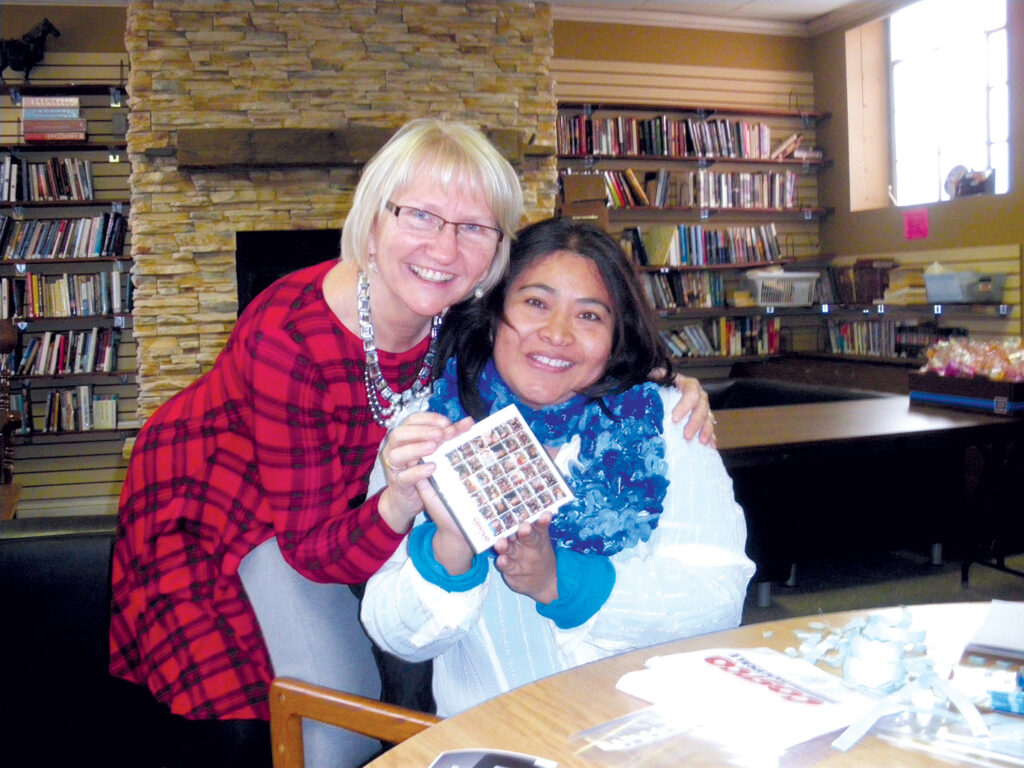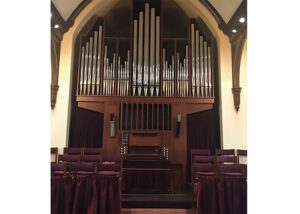“Let anyone who has an ear listen to what the Spirit is saying to the churches” (Revelation 3:22).
These words of John from the Island of Patmos are as relevant for us today as they were to the seven churches in the province of Asia who were struggling to adapt to the ever-changing realities of living under the rule of Roman emperors.
John challenged these churches to remain faithful to their call and to withstand the pressure of the emperor cult bearing down on them. He urged them to continue to shine brightly from the lampstands where they have been placed and to faithfully cast the light of Christ into the neighbourhoods of their respective cities. He challenged his churches to refocus on their original call to be the light of Christ. Each generation of the church needs to hear this challenge afresh.
The shifting weight of empire and culture impacts our churches today and calls us to carefully examine what faithfulness means in our present context. Are congregations and the wider church attentively listening for the voice of the Spirit, or are we mired in behaviours that are no longer relevant or faithful to the changing circumstances in which we live?
Different context, same issue
Speaking of context, this summer my congregation held an outdoor worship service at a nearby camp. It was a gorgeous summer morning and the sunlight sparkled off the leaves of the massive shade trees under which we sat. Neatly lined up in rows of lawn chairs, we faced the worship leader at the front. Through the portable sound system, we listened to a lovely prelude of guitar music before the worship leader led us in a lovely call to worship and gathering prayer that alerted us to the beautiful creation around us. The song leader led us in some opening hymns; Scripture was read from the front; the children gathered as usual for their worship time before the pastor led us in a short sermon.
Without realizing it, we had simply transplanted the behaviours and patterns of indoor worship into a context in which it didn’t seem quite as natural or relevant. It made me wonder, is this a parallel to how we in the church are continuing to behave in ways that no longer fit the larger context in which we find ourselves?
The context for churches in Canada has changed dramatically in the past 50 years. We now live in a society that is rapidly losing any sense of the Christian story. Our social context is no longer framed by Christian understandings and assumptions. Many in our increasingly secular culture simply do not see any benefit in a faith-based worldview. The percentage of those who identify as religiously unaffiliated in Canada has grown from 4 percent in 1970 to 24 percent in 2010. Meanwhile, monthly worship attendance has dropped from 43 percent in 1986 to 27 percent in 2012, according to the Pew Research Forum.
No longer a robust spiritual heritage
Closer to home, we are experiencing the breakdown of the historic bonds that have held Mennonite churches together. The bonds of kinship, culture and shared history that have held the church together in past generations are swiftly disappearing. For many, both within the Mennonite church and for those who have distanced themselves from it, Mennonite has just become another cultural heritage rather than a robust spiritual heritage. With a weakened sense of our faith identity, we have become more prone to being ensnared by an individualistic, consumer-driven culture that is suspicious not just of the church but of institutions in general.
When our context has changed so dramatically, is it faithful for the church to simply continue the same behaviours we have engaged in in the past? In fact, is blindly retaining those behaviours a renunciation of Christ’s call to be light to the world today?
For instance, when the society around us was steeped in the Christian story, churches in North America could, with some justification, declare that the “mission field” for the church was not on our doorstep. The “mission field” was “over there” among the heathen and those who had never heard the gospel. The task of the local congregation was simply one of worship, nurture and service. “Mission” was the mandate of the select few and was primarily engaged in overseas.
Where is the mission field today?
In a society that is no longer meaningfully informed by a Christian worldview, it begs the question whether this assumption is still a faithful one. Perhaps the church needs to re-examine its assumptions and ask if the “mission field” is closer to home than it thought, and perhaps warrants not just one—but two—fronts.
Just as I was reaching the height of my restlessness in the outdoor worship serv-ice, my musings about how the church is inhabiting its context were interrupted. I sat up and took notice when I heard that the children were being dismissed to go and build Succoth booths out of branches to engage them with the story of Jesus and the Festival of Booths. Nice touch, I thought. It’s great that the children’s activity is geared to the outdoor worship context.
And then it was the adults’ turn. We were instructed to turn our lawn chairs around to face each other in small clusters and informally share a faith story. Then we were sent off to experiment with new creative ways of praying: People were encouraged to move to prayer stations where they could pray using leaves or flowers, offer thanksgiving by blowing soap bubbles or simply take a prayer walk. As I ended my prayer walk, I was blessed by my pastor with a shower of soap bubbles cascading over me. I thought, now we are engaging in some new behaviours that are relevant to this worship context. My worship experience somehow felt more authentic and faithful.
Like my summer worship experience, we don’t have to abandon everything we have done in the past, but the church will quickly become irrelevant if it doesn’t address the task of discerning which behaviours are appropriate for the new context. In the local congregation, we need to embrace behaviours that shift us from implicit faith formation to explicit sharing of our faith stories.
Please, no more Mennonite cookbooks! Let’s focus instead on “Mennonite” as a spiritual heritage defined by our Anabaptist history and theology. The current preference for using “Anabaptist” is in large part due to the heavy cultural baggage with which we have encumbered the name “Mennonite.”
If we are to be faithful within the current social context, then congregations need to be asking: Where is the mission field today? We must accept the fact that the average Canadian will not darken the door of a church any sooner than one of us will go uninvited to a Hindu temple.
Religion has become a foreign experience for many in our culture. I believe the Spirit is nudging us to take our experience of faith into our secular context and look for where God is already present and active in our workplaces, the hockey rink, our schools or our neighbourhoods. We need to re-learn how to be a people of faith in the community far beyond our church walls. We can experiment with new forms of missional communities that live out God’s justice and peace in our neighbourhoods. To do so, we will also have to learn to overtly express our faith in simple everyday terms that make sense for the inhabitants of the new context.
Future Directions: Covenant New
Faithfulness also requires us to re-examine the relevancy of our wider church structures. I am so grateful for the Mennonite Church Canada “Future Directions: Covenant New” process that is seeking to adapt the wider church structures to better support congregations to be agents of God’s mission in the new context in which they find themselves.
If congregational lampstands are going to shine brightly, then we need structures that provide greater congregational engagement, support and opportunities to discern how God is inviting us to engage in the life and mission of the church. With more flexible, adaptable structures that draw closer to the congregations, the wider church will be in a better position to support congregations in deepening their engagement in mission and witness, both internationally and here at home.
In short, if we are to faithfully allow the Spirit to revitalize the mission of the church in our new contexts, then we need to focus on congregational health and vitality and to invite leadership both locally and nationwide to call us back to the basics.
I believe that the Spirit is calling us in this time and place to re-imagine and re-tool the church. Revitalized congregations can support each other in having an impact in the different neighbourhood contexts in which God has placed us, whether that be here at home or in the international community.
As we become ever more attentive to the voice of the Spirit, we will be faithful to John’s vision of the Risen Christ standing amidst the church lampstands animating the churches that are called to bear his image and light to the world. We will then experience anew what it means to be empowered by the Risen One to be his very presence in the places in which we live. l
After 25 years of congregational ministry in Ontario, David Martin now serves as Mennonite Church Eastern Canada’s executive minister.
To read more about the future of the church and Special Assembly 2017 see:
Dare to dream again
‘We need to learn to dream as a church’
Youth wanted
A new song for Special Assembly 2017










Leave a Reply
You must be logged in to post a comment.